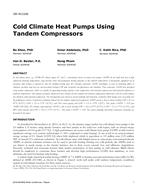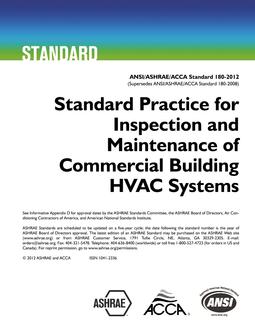Delhi Metro is India’s first modern public transportation system and the world’s 8th longest metro system with network length of 347.6 kilometers(215.9 miles) and 253 stations. The total energy consumption for running of trains and auxiliary systems was 1117 million kWh in the year 2018-19.The electrical and mechanical equipment at stations consumes about 40% of the total energy consumption of the entire network.An underground station consumes about 8 to 10 times of energy than an elevated station because of air conditioning and lighting requirements. TheEnvironment Control System (ECS) or Ventilation, and Air-Conditioning (VAC) systems consumes approximately 70% of total energy consumptionat an underground station. The Air Handling Units (AHUs) and Trackway Exhaust Fans (TEFs) which consumes about 50% of total energyconsumption of VAC systems are selected on the basis of Open Mode, Close Mode and Emergency Mode operations which requires different pressurerating of the fans in different modes.
During implementation of Phase-I and Phase-II of Delhi MRTS, the AHUs and TEFs were fixed speed type and consumes more power because ofselection of fans at higher pressure rating. In Phase-III, all the 34 underground stations are provided with Variable Frequency Drives (VFDs) forAHUs and TEFs which resulted in the huge amount of energy savings at the underground stations as the fans can be operated with required pressurerating as per the mode. Further, Ministry of Housing & Urban Affairs, Government of India, in their publication titled ‘Best Practices & Innovationsin Metro Rail Systems’ have acknowledged this endeavour of Delhi Metro and suggested all metros in India to provide their systems with VFDs.The actual energy savings to the tune of 35% or more are realized with the use of VFDs. This paper presents a detailed comparative study betweenVFD system and fixed speed system based on actual energy consumption at underground stations of Delhi Metro. The control algorithms designed tovary the speed along with the other intelligent features implemented in the station’s Building Management Systems for energy savings are also presented.The paper also discusses the design basis for selection of the various equipment used in VAC systems at underground stations.
Citation: 2020 Virtual Conference Papers
Product Details
- Published:
- 2020
- Number of Pages:
- 8
- Units of Measure:
- Dual
- File Size:
- 1 file , 1.8 MB
- Product Code(s):
- D-VC-20-C031


